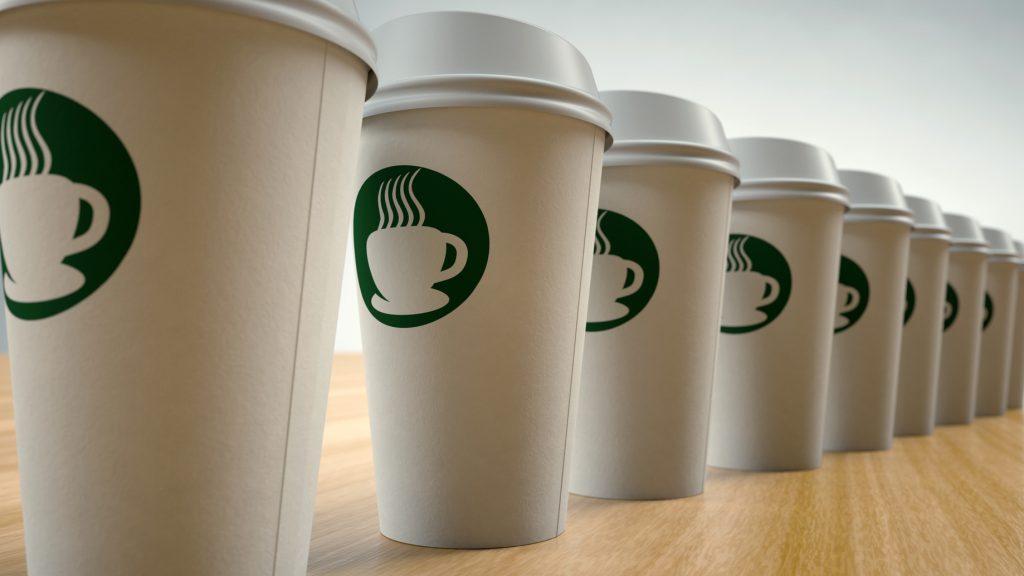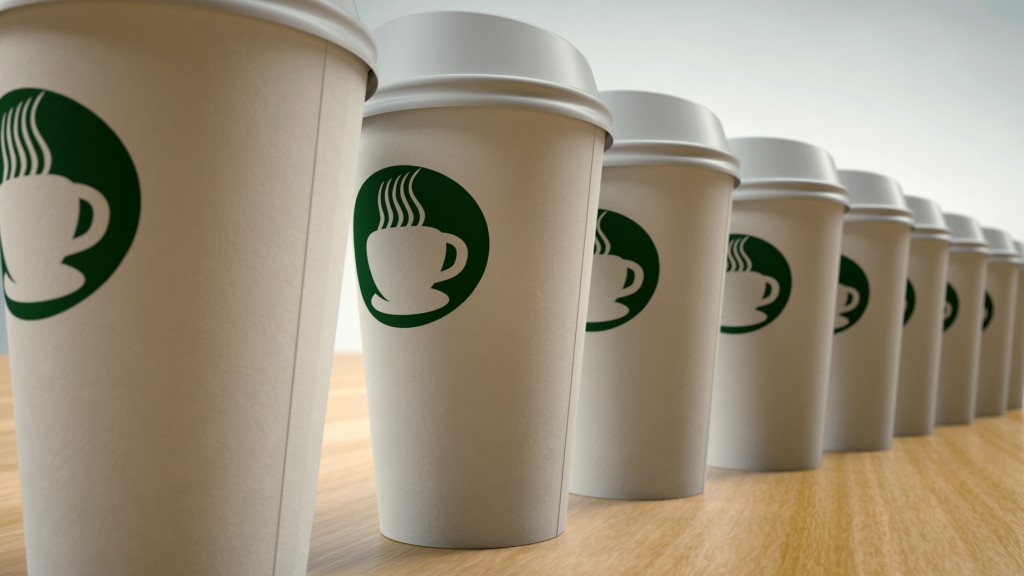What’s America’s favorite drug? You guessed it—caffeine. We use more caffeine than all other drugs—legal or illegal—combined. Want to know what the stuff is doing to you? Here’s a quick overview.
Background
If you start the day with a strong cup of coffee or tea, you’re not alone. Americans ingest the caffeine equivalent of 530 million cups of coffee every day. Caffeine is the world’s most popular mood-altering drug. It’s also one of the oldest: according to archaeologists, man has been brewing beverages from caffeine-based plants since the Stone Age.
How it Picks You Up
Caffeine doesn’t keep you awake by supplying extra energy; rather, it fools your body into thinking it isn’t tired.
- When your brain is tired and wants to slow down, it releases a chemical called adenosine.
- Adenosine travels to special cells called receptors, where it goes to work counteracting the chemicals that stimulate your brain.
- Caffeine mimics adenosine, so it can “plug up” your receptors and prevent adenosine from getting through. Result: Your brain never gets the signal to slow down, and keeps building up stimulants.
Java Junkies
- After a while, your brain figures out what’s going on, and increases the number of receptor cells so it has enough for both caffeine and adenosine.
- When that happens, caffeine can’t keep you awake anymore…unless you increase the amount you drink so it can “plug up” the new receptor cells as well.
- This whole process only takes about a week. In that time, you essentially become a caffeine addict. Your brain is literally restructuring itself to run on caffeine; take the caffeine away and your brain has too many receptor cells to operate properly.
- If you quit ingesting caffeine “cold turkey,” your brain begins to reduce the number of receptors right away. But the process takes about two weeks, and during that time your body sends out mild “distress signals” in the form of headaches, lethargy, fatigue, muscle pain, nausea, and sometimes even stiffness and flu-like symptoms. As a result, most doctors recommend cutting out caffeine gradually.
Caffeine’s Effects
- Good: Caffeine has been scientifically proven to temporarily increase alertness, comprehension, memory, reflexes, and even the rate of learning. It also helps increase clarity of thought.
- Bad: Too much caffeine can cause hand tremors, loss of coordination or appetite, insomnia, and in extreme cases, trembling, nausea, heart palpitations, and diarrhea.
- Widely varying the amount of caffeine you ingest can put a strain on your liver, pancreas, heart, and nervous system. And if you’re prone to ulcers, caffeine can make your situation worse.
- If you manage to consume the equivalent of 70-100 cups of coffee in one sitting, you’ll experience convulsions, and may even die.
Caffeine Facts
- The average American drinks 210 milligrams of caffeine a day. That’s equal to 2-3 cups of coffee, depending on how strong it is.
- How you make your coffee has a lot to do with how much caffeine you get. Instant coffee contains 65 milligrams of caffeine per serving; coffee brewed in a percolator has 80 milligrams; and coffee made using the “drip method” has 155 milligrams.
- Top four sources of caffeine in the American diet: coffee, soft drinks, tea, and chocolate, in that order. The average American gets 75% of their caffeine from coffee. Other sources include over-the- counter painkillers, appetite suppressants, cold remedies, and some prescription drugs.
- What happens to the caffeine that’s removed from decaf coffee? Most of it is sold to soda companies and put into soft drinks. (Cola contains some caffeine naturally, but they like to add even more.)
- Do you drink more caffeine than your kids do? If you correct for body weight, probably not. Pound for pound, kids often get as much caffeine from chocolate and soft drinks as their parents get from coffee, tea, and other sources.










